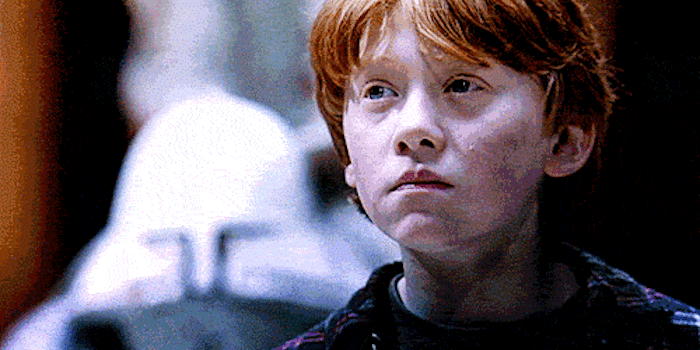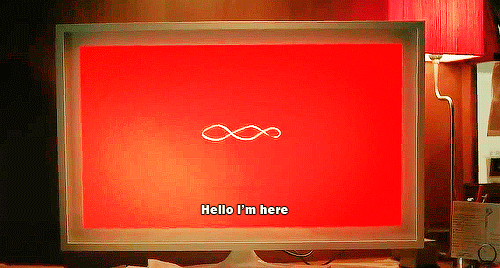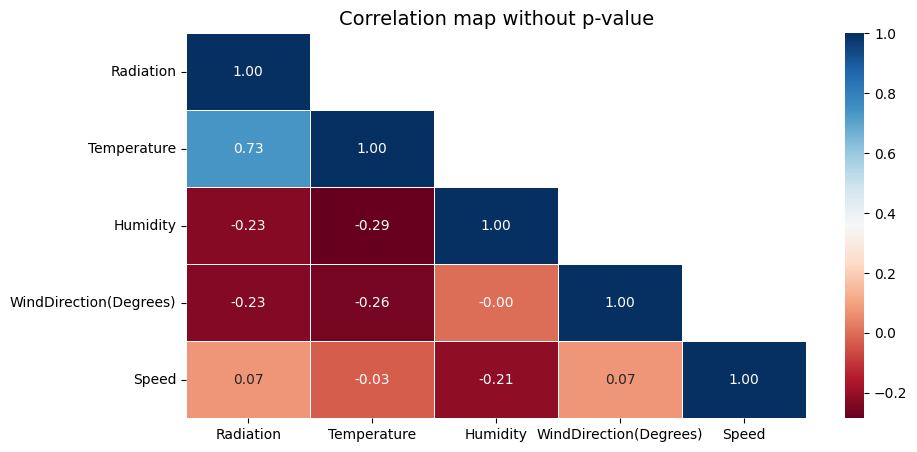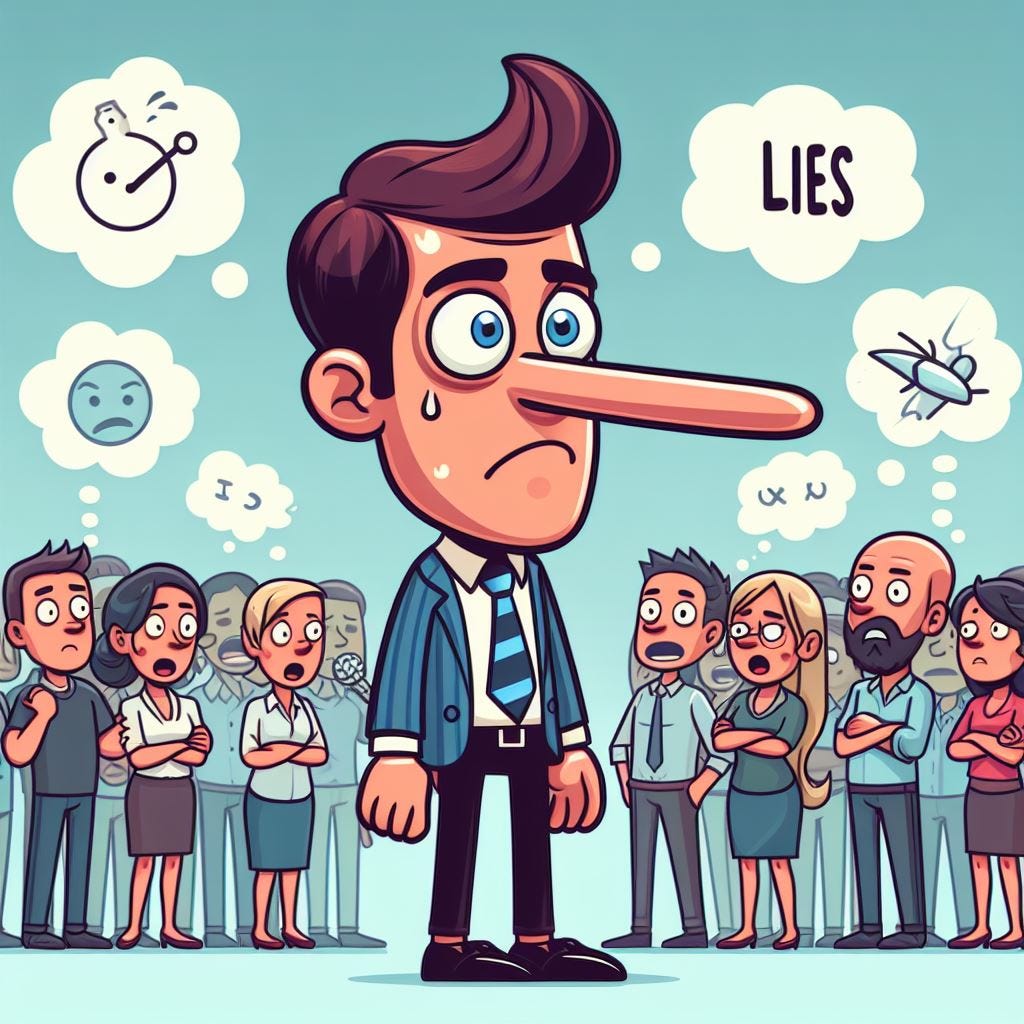Interview (Part 4): Kelly Marcel
London-based writer Kelly Marcel wrote the 2011 Black List screenplay Saving Mr. Banks which was produced starring Emma Thompson, Tom Hanks, Colin Farrell, and Paul Giamatti. She is involved writing several other high profile movie projects including The Little Mermaid and Fifty Shades of Grey.
Kelly and I engaged in a wide-ranging Q&A, the focus of which is her thought process in writing Saving Mr. Banks. You will find her responses insightful, frank and hugely entertaining. Today in Part 4, Kelly gets into the mechanics of handling the numerous time transitions in Saving Mr. Banks and how much fun it was to write dialogue for the Pamela Travers character:
Scott: Your script has lots of visual-to-visual transitions from present to past, past to present: Train to airplane; sunlight in LA to sunlight in London; Pamela on the balcony of the Beverly Hills Hotel, arms outstretched to Ginty on the porch of Allora, arms clamped around her body. How focused were you in the original script with those type of transitions or does that reflect working with a director? How mindful ought screenwriters be about scene transitions and in a sense directing and editing the movie on the page?
Kelly: Those transitions were all on the page. Here’s an example of what they looked like:
She throws open the balcony doors for fresh air and is
greeted with dry arid heat, dust, dazzling sunlight-‐-‐EXT. GOFF HOUSE -‐ ALLORA – DAY-‐-‐Arid heat, dazzling sunlight. Travers, Margaret and the
children stand in a line at the top of a pathway.
I would often use the same words to go from one timeline to another. However, John Lee did something brilliant, which is very subtle and hardly anyone notices, but almost always we are seeing windows or curtains. He uses them like book jackets, in through one, out through the other. And I think this device helped us transition enormously. It’s all very well to put a bunch of words on a page to emit a feeling of seamlessness, but it is an entirely different thing for the filmmaker to execute it. I have to say that way the changeovers in the film work is entirely John’s doing. He got a flavor of what it was supposed to do from the script, but he and John Schwartzman (our DOP) were the ones who had the painful task of figuring out exactly what that looked like. We could never say it. We didn’t want to use tag lines to explain where we were each time, and so the pair of them had a big task in turning words on a page to a visual cue every time. They used the windows and subtle changes in contrast and color. I think what they did is beautiful, and they blew me away every time they came up with a means to inform us visually what could have become very clunky story telling.
There are myriad ways in which JLH used visuals in place of dialogue. One of his ideas, and the one I love the most, is when PL tells the Sherman brothers to un-make up words that aren’t real. He had Jason Schwartzman hide the sheet music for Supercalifragilisticexpialidocious. It’s hilarious and says it all, and that’s why John Lee is John Lee and I’m the luckiest person in the world that I got him as the director. It cannot be said enough that no matter how good anyone thinks a script is, if you don’t have the right director -- a person who will love it and own it as much as you have up to this point -- then you are completely screwed.
Scott: When we meet Pamela, she has agreed to travel from her home in England to Hollywood to participate in meetings with the Disney creative team involved in adapting “Mary Poppins.” However Pamela is extremely reluctant to do this, only her dire need for money compelling her to make the deal. I’m wondering, too, is part of her hesitation tied to a fear that by delving into the story of “Mary Poppins” once again, she will be forced to revisit the painful past with her own father?
Kelly: No. I don’t think she is aware enough to know that she created this character as a shield from her own pain. I think it is as a result of being in a foreign country, jetlagged, alone, crazed and misunderstood that her past comes back to haunt her. This thing that she has created and poured her soul into is being dismantled and in the disassembly so too is she becoming undone.
Scott: Even though Pamela is a gruff, no-nonsense character, one of her most entertaining qualities is a quick wit. For example, this exchange:
PAMELA: (to Dick) What is wrong with his leg?
DICK: He got shot.
PAMELA: Hardly surprising.How much fun was it to capture and express Pamela’s sarcastic, biting voice?
Kelly: HA! She’s such a cow! I loved writing her. It’s wonderful to be able to say anything and do anything with a character and not worry that people will hate her because they bloody well should at certain moments. She’s the most fun I’ve ever had with a character.
Scott: Much of Pamela’s biting wit and at times vitriol emerges her script meetings with the Disney screenwriter and songwriters. I’m wondering if you had any special fun with those scenes seeing as you’ve doubtless had your share of script notes meetings?
Kelly: Indeed. I maayyyyyy have used personal experience in writing some of those scenes. I’m not a shutter upper in those kinds of meetings; I’d love to say that I am full of grace and decorum, but no.
Scott: There are so many wonderful grace notes in your script, for example a big stuffed Mickey Mouse doll which becomes a sort of barometer to visualize how Pamela is feeling toward the whole Disney project. Was this based on some anecdote you discovered in your research or did you create the doll out of whole cloth?
Kelly: The Mickey Mouse toy and his journey started with him just being on the bed when she comes into her hotel room and then, when looking for some softer moments, he became integral. His shining moment comes when she takes him to bed. God, this is gonna read a bit weird for the people who haven’t seen it. Yeah, she takes him to bed and falls in love with him and they get married and that’s when we realize she is a human and a mouse, just like all of us. You’re a human and a mouse right? Is this just me? I might have gone a bit mad at this point.
Mickey and Ralph are really the only friends that PL ever has.
Scott: One of the most charming characters in the story is Ralph, played by Paul Giamatti, who is Pamela’s limo driver when she is in Los Angeles. He demonstrates enormous patience with Pamela and they develop a special kinship. He comes off as a sort of mentor figure, his sunny disposition despite his own personal family challenges a positive influence on Pamela. Could you describe how you see Paul’s character in terms of his story function and why you included him?
Kelly: See above for the story of Paul’s character.
Tidbit: he is the only character in the film that didn’t exist in real life. Like Mary Poppins, he flew in through the window one day and saved the script.
Tomorrow in Part 5, Kelly reflects on the psychological dimension of Saving Mr. Banks and some of her other movie projects including Fifty Shades of Grey.
For Part 1 of the interview, go here.
Part 2, here.
Part 3, here.
A short piece in Variety today featuring Kelly and Saving Mr. Banks actor Colin Farrell.
Please stop by comments to thank Kelly.
Kelly is repped by WME.
Twitter: @missmarcel
Comment Archive









